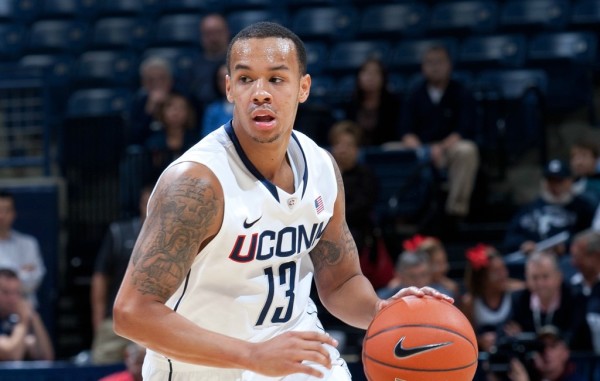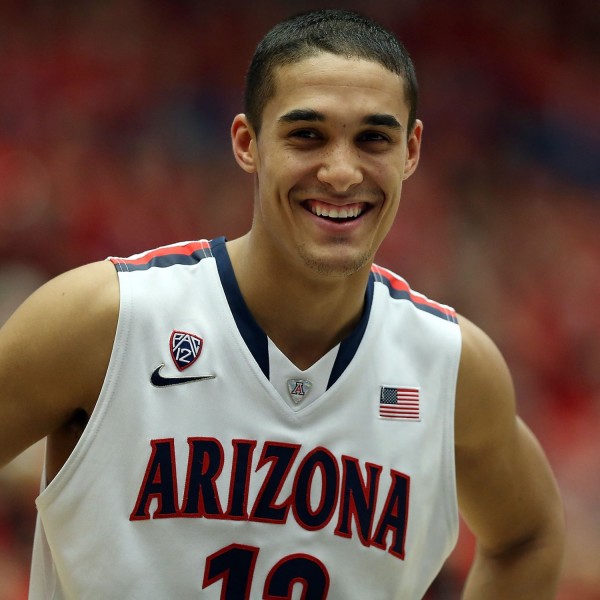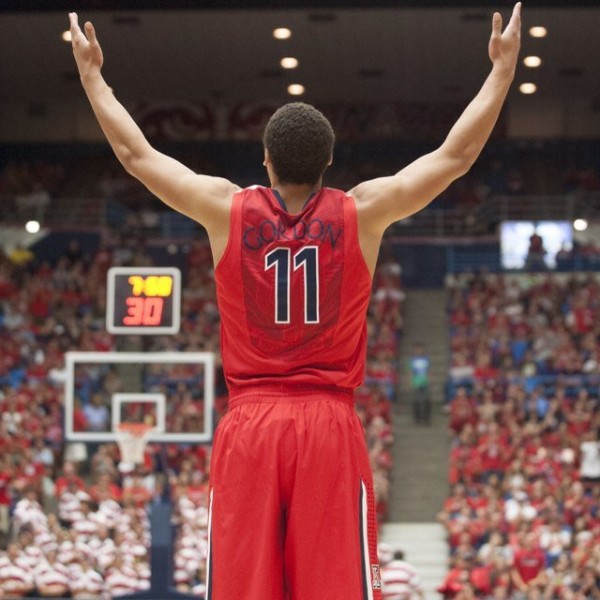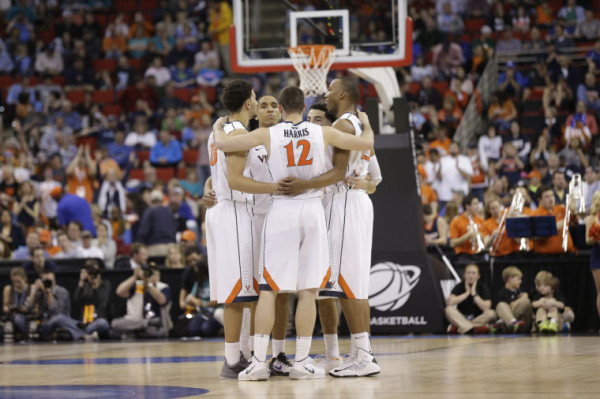Rushed Reactions: #2 Michigan 73, #11 Tennessee 71
Posted by Walker Carey on March 28th, 2014
Walker Carey (@walkerRcarey) is the NCAA Tournament’s Midwest Region correspondent. He filed this report after #2 Michigan’s 73-71 win over #11 Tennessee. RTC will be providing wall-to-wall coverage of the Sweet 16 and Elite Eight.
Three Key Takeaways.
- Michigan’s first half explosion was the reason it was able to win. The Wolverines have been an extremely high octane offensive unit all season and that continued against Tennessee. Michigan scored 45 points in the first half. It shot 61.5% overall and 77.8% from three in the opening 20 minutes. John Beilein’s squad was moving the ball around so easily and efficiently that it was easy to see why its shooting numbers were so good, as they were getting such open looks. In a game that came down to the wire, Michigan being able to use its phenomenal offense to grab an 11-point halftime lead was a ridiculously huge factor in it ultimately being able to leave with the victory.
- Tennessee stormed back with great tenacity. The Volunteers fell behind by 15 with 10:56 to play before storming back to trim Michigan’s lead to just one with 10.8 seconds to play. Tennessee was led on the comeback trail by senior guard Jordan McRae, who recorded 16 of his 24 points in the second half. McRae’s ability to both hit shots and get to the rim had the Michigan defense in disarray for a good portion of the final 20 minutes of the game. After pretty much allowing Michigan to do anything offensively over the first 30 minutes of the game, Tennessee made adjustments to lock down defensively and force several key turnovers late in the game. Cuonzo Martin’s squad is probably hurting now because its season is over, but those players have nothing to hang their heads about. Michigan was given everything it could handle and then some. That was a gutty and resilient second half from the Volunteers.
- John Beilein deserves more attention for his coaching job this season. Michigan went to the National Championship game last year due in large part to the contributions from guards Trey Burke and Tim Hardaway Jr. and the emerging force of Mitch McGary. After the season, both Burke and Hardaway Jr. wisely declared for the NBA Draft and Michigan was left with a lot of inexperience in its backcourt. The Wolverines’ winning experience took another hit in late December when McGary was lost with a back injury. Somehow, Michigan is still advancing to its second straight Elite Eight and a majority of that credit should go to coach John Beilein. Under Beilein’s guidance, Michigan has become an extremely cohesive unit that has time and time again, found a way to win this season.



















































